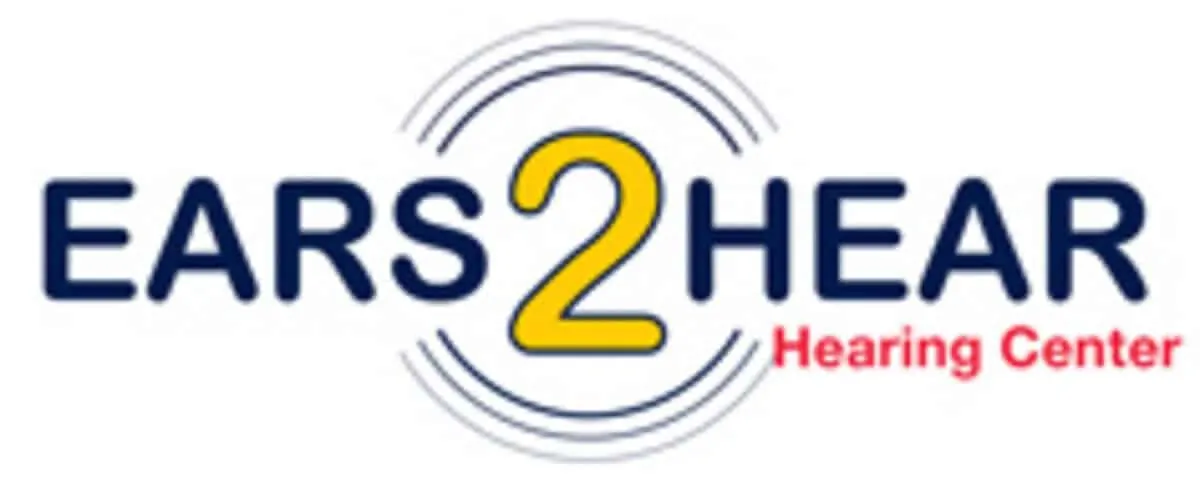While you may be familiar with tinnitus and pulsatile Tinnitus, do you really know what it is? Here are the basics of pulsatile Tinnitus, and how to get it treated.
Most people are familiar with the ringing or buzzing sound you hear after a concert or loud party. It usually goes away within a few minutes, but it can sometimes remain. This is Tinnitus, as most people know it.
There’s also pulsatile Tinnitus, which is a lesser-known, but less common type of tinnitus. Sometimes referred to as rhythmic, pulse-synchronous, or vascular tinnitus. It’s similar to regular tinnitus in that it is a continuous sound you hear but the sound is not as loud or buzzy.
Pulsatile Tinnitus is a condition that causes the sound to follow your heartbeat.
Although it sounds more like a thumping sound or whooshing, the beat remains constant. Pulsatile tinnitus can be detected by a doctor using a stethoscope. However, this is not all that distinguishes it from normal tinnitus.
A specific health condition is often responsible for pulsatile tinnitus. Anemia, irregular blood vessels, high blood pressure, atherosclerosis and head and neck cancers are all common causes. There may also be connection problems between the veins and arteries. Pulsatile tinnitus can often be a sign of another condition that requires attention. You can get treatment.
Consult your doctor if you think you might have pulsatile Tinnitus.
Your doctor will examine your ears and neck to determine the cause. An otolaryngologist is a specialist who will examine your ears and give you a hearing test.
Sometimes, pulsatile Tinnitus can sometimes be diagnosed with a stethoscope. No one can hear subjective pulsatile Tinnitus except you. Your doctor will be able to detect objective pulsatile Tinnitus if you have it. After you have been tested thoroughly and diagnosed, your doctor will recommend treatment. Once you have been treated, the sound should cease.
What happens if the sound continues to ring after treatment?
There are options for you to seek relief if you still experience the pulsating sound even after treating the root cause.
You can use white noise machines to help you sleep at night. Wearable sound generators can be used to listen to low-level background music and act as a hearing aid. Tinnitus apps can be used to provide continuous relief if you already have a hearing instrument.
There are two types of tinnitus.
The most common type is subjective tinnitus. It is only heard by the individual experiencing it.
A doctor can diagnose objective tinnitus by using a stethoscope. It can often move at the same pace as your heartbeat.

Recent Comments